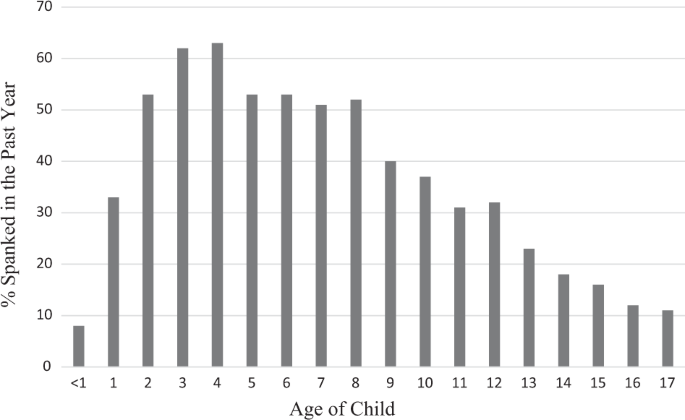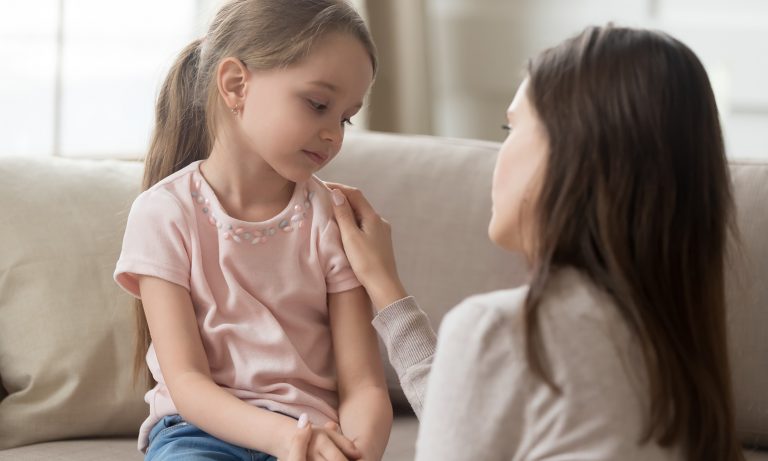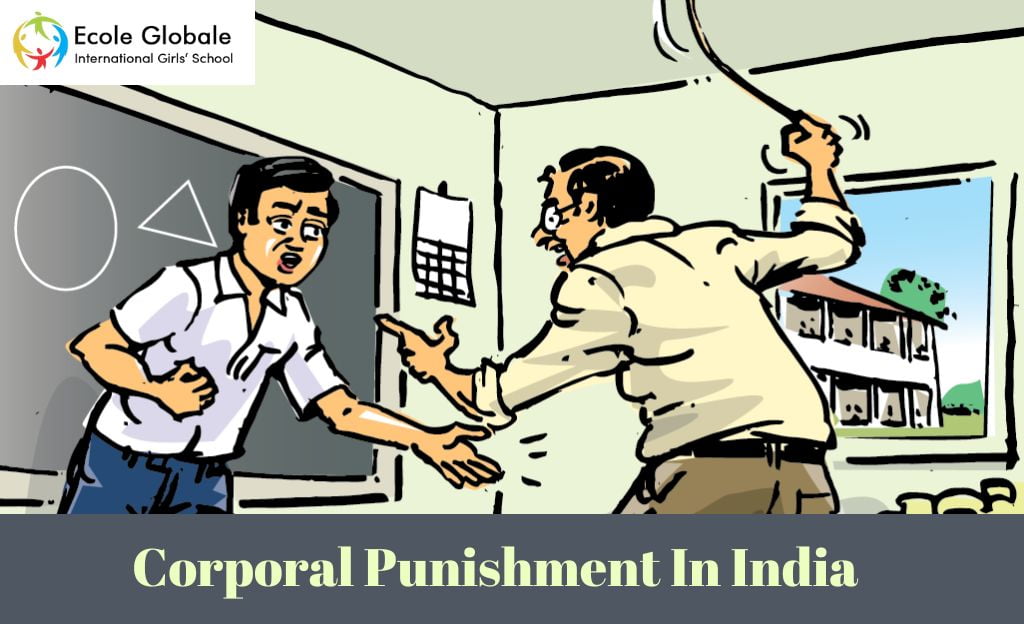Corporal punishment is a form of discipline that involves hitting or striking a student as a form of punishment for misbehaving or violating school rules. The former typically takes place in public when teachers or administrators inflict pain on children as a form of punishment for not following instructions or breaking school rules (for example, talking back).
It’s not just because teachers don’t like the idea of getting sued if they accidentally hit a student too hard. Many factors get involved like students are often more aggressive and violent than ever.
And even though it’s illegal to hit students at school, many teachers do it anyway—usually because they have no other way to control their classrooms.
Of course, some teachers out there use corporal punishment for the wrong reasons: because they enjoy hitting kids or want to exert power over them. But most teachers are just trying to keep order in an increasingly chaotic environment with limited resources and dwindling support from parents and administrators who are terrified of being sued if something goes wrong.
Corporal Punishment In India
A lot of people think that corporal punishment is a thing of the past, but it’s not. In fact, in India, there are still some schools that use corporal punishment as a form of discipline.
As per research conducted by the top Boarding schools in Dehradun, Corporal punishment can be defined as any physical or emotional abuse done to children by adults who are supposed to be responsible for their care and protection. Physical punishment includes hitting or spanking a child; emotional punishment includes withholding affection from children.
In India, parents have been known to hit their children for minor infractions such as not making their beds or not doing their homework. Many parents say that they do this because they want their children to learn to respect authority figures such as teachers and police officers by experiencing discipline from them early in life.
According to the study by Agrasar, most parents (91%) support corporal punishment and employ it themselves (74%). The effect is that young kids have little possibility of escaping from an abusive home, according to the NGO. For many people, physical punishment combined with psychological abuse is a daily occurrence. Even one child said that they received physical discipline “at least twice a day minimum.”
Statistics Of Corporal Punishment

Around 60% of children aged 2–14 regularly suffer physical punishment from their parents or caregivers. In some countries, almost all students report being physically punished by school staff. The risk of being physically punished is similar for boys and girls, and children from wealthy and poor households.
According to a poll conducted by the Economic Times, taken by close of 9,500 volunteers from 24 universities and education institutions in Assam. The U-Report poll was launched on 18 July 2022 by the Governor of Assam and was developed to support the Assam State Commission for Protection of Child Rights (ASCPCR) campaign called Suraksha, which aims to raise public awareness on the forms of violence against children and redressal mechanism. A shocking 95% of youth blamed corporal punishment for mental health issues in Assam, India.
According to research conducted by an NGO called Agrasar, in Gurugram, India, approximately 80% of students in Government schools experience corporal punishment daily.
However, The district elementary education officer Prem Lata Yadav denied that corporal punishment takes place in any government school.
Shocked To Hear Of Corporal Punishment At School
The Right to Education Act of 2009’s Section 17 forbids corporal punishment in all circumstances. It forbids corporal punishment and verbal abuse of children and stipulates that the offender must face disciplinary action following the service policies that apply to them.
The Juvenile Justice Act’s Section 75 lays forth the penalties for abusing minors.
Any individual working for or managing a company that is responsible for a child’s care and protection who assaults, abuses, exposes, or neglects a kid in a way that results in physical or mental suffering will be punished with up to five years in prison and a fine of up to Rs. 5 lacks.
Up to 10 years of imprisonment may be imposed if the kid becomes mentally incompetent to perform daily chores, becomes physically disabled, suffers from a mental disease, or faces a risk to life or limb.
According to Section 23 of the Juvenile Justice Act of 2000:
“Whoever, having the actual charge of, or control over, a juvenile or the child, assaults, abandons, exposes, or wilfully neglects the juvenile or causes or procures him to be assaulted, abandoned, exposed, or neglected in a manner likely to cause such juvenile or the child unnecessary mental or physical suffering shall be punished with imprisonment for a term which may extend to six months, or fine, or with both.”
Section 23 may apply to anybody in a position of power over a child, including parents, guardians, teachers, and employers, however, it is likely to be used most frequently concerning staff members at childcare facilities covered by the JJ Act.
The RTE Act does not, however, restrict the use of other laws that address violations of children’s rights, such as those related to the IPC and the SC and ST Prevention of Atrocities Act of 1989.
The legal rules in Indian law that deal with punishment for bodily harm, including the corporal penalty, are all theoretically applicable.
Even though these regulations do not distinguish between adults and children, corporal punishment in schools and other institutions rarely results in legal action because it is still widely practiced and acceptable in many communities.
Depending on the circumstance and severity of the crime/act, several provisions of the Indian Penal Code (IPC) relating to various levels of physical harm and intimidation, such as Section 305 regarding the aiding of a child’s suicide, Section 323 regarding voluntarily causing hurt, or Section 325 regarding voluntarily causing grievous hurt, can be used to prosecute those who use corporal punishment on children in institutions.
Impact Of Corporal Punishment In The Later Life Of Students

Corporal punishment, or physical abuse, is most commonly associated with children and adolescents. Several studies show that corporal punishment in childhood can lead to aggression and delinquency in later life, as well as psychological problems such as depression and low self-esteem.
We know that it can be used as a way to discipline children and teach them right from wrong, but it’s essential to understand the long-term effects of this practice.
A study conducted by the World Health Organisation (WHO) found that children who are physically abused are more likely to suffer from mental health problems than those who are not. A report by the WHO also states that physical abuse is linked to a range of adverse outcomes for children across countries and cultures, including physical and mental ill-health, impaired cognitive and socio-emotional development, poor educational outcomes, increased aggression, and perpetration of violence.
Here’s How To Help Kids Cope With Trauma From Corporal Punishment

Corporal punishment is wrong and harmful for kids in many ways, but some parents still believe it’s an effective way to discipline their children. If you’re one of those parents, here are some ways you can help your child cope with trauma from corporal punishment:
1) Stop hitting your child immediately
2) Talk about what happened — even if your child doesn’t want to talk about it
3) Listen without judgment or blame when your child does want to talk about what happened
4) Offer support and comfort if your child needs it
Corporal punishment is a painful and traumatic experience for children. It can cause them to feel angry, sad, and anxious. They may also have trouble sleeping or concentrating on their schoolwork.
It’s vital to help your child cope with these feelings and emotions after corporal punishment. Here are some tips:
-Encourage your child to express their feelings. Let them know that it’s okay to be angry or scared about what happened.
-Let them know that you care about them and support them no matter what happens.
-Reassure them that this behavior will never happen again in your household.
Conclusion
As per WHO, through multisectoral and comprehensive strategies, such as legal change, shifting detrimental social norms around child rearing and punishment, parent and carer assistance, and school-based programming, corporal punishment and the damages associated with it can be avoided.
For any queries related to parenting, schooling, or any student-related tips, click here to check out our latest blogs






